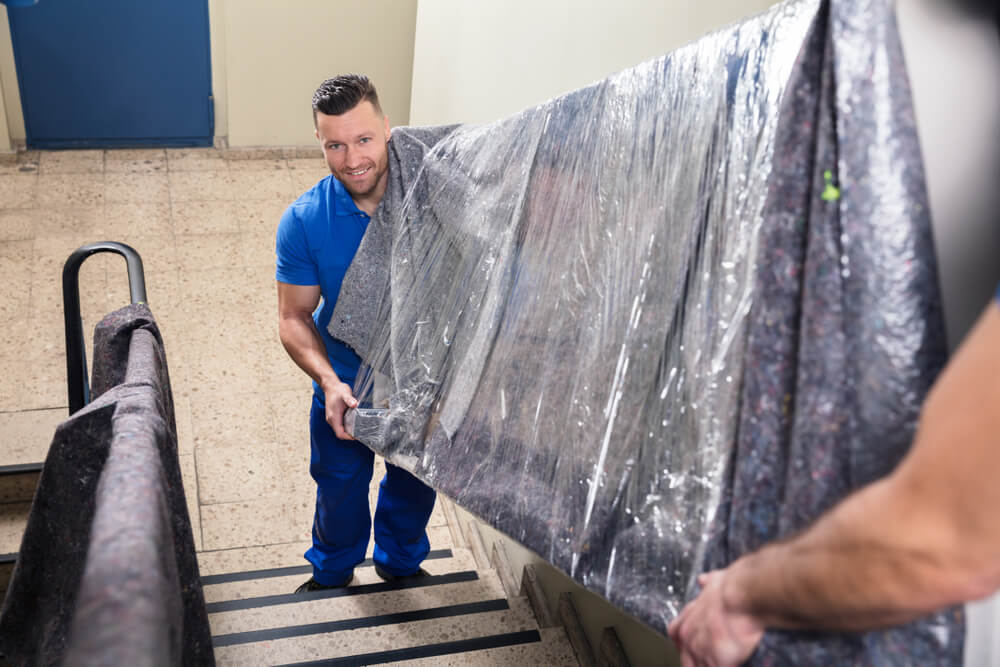
When you’re preparing for a move, the last thing you want is unnecessary stress. Whether you’re shifting within Toluca Lake or relocating miles away, finding a team that understands the details of moving is essential. At Toluca Lake Movers, our goal is to make your experience simple, structured, and as worry-free as possible. With a team that knows the area and understands both short- and long-distance moves, we bring the right skills and planning to every relocation.
Local Moves with Ease
Toluca Lake may be small, but local moves still require careful coordination. Traffic, building access, parking regulations, and neighborhood-specific rules all play a role in how your move unfolds. Our team takes these details into account, providing a local service that’s both organized and timely. We understand how important your time is, so we arrive prepared and ready to get the job done without delays or confusion.
Long-Distance Moving Services
Relocating out of Toluca Lake or across state lines means more than just packing a truck and driving. Timing, logistics, route planning, and item protection are all critical components. Our movers are trained to handle long-distance moves with attention to every step—ensuring that your belongings arrive safely and on time. We take the worry out of long hauls by focusing on secure loading, accurate scheduling, and organized delivery.
Careful Packing for Every Item
Packing is one of the most time-consuming parts of any move. It also plays a big role in protecting your belongings. That’s why we offer packing services designed to match your specific needs. Whether you need help with your entire home or just a few fragile items, we use quality materials and proven techniques to keep everything safe. You can also choose to pack on your own, and we can step in to help with delicate or heavy items.
Furniture Handling and Protection
Large furniture and household appliances require more than muscle—they need the right equipment and experience. We use tools such as dollies, pads, straps, and sliders to move everything from dining tables to couches without damaging your home or the item itself. Our team disassembles and reassembles items as needed, helping make both loading and setup easier. Every piece is handled with care, from start to finish.

Commercial and Office Moves
Relocating a business involves precision and timing. Whether you operate a small office or a growing commercial space, your move needs to happen quickly and with minimal disruption. We coordinate with you to schedule the move at a time that works best for your team. Office furniture, technology, documents, and supplies are packed and moved securely, so you can return to operations with everything in place.
Skilled and Friendly Movers
Each team member is trained in professional moving practices. That includes how to properly lift, pack, load, and secure your belongings. We’re also courteous and respectful of your space, your time, and your property. Whether you’re moving a few blocks or hundreds of miles, you can expect a positive, organized experience. We aim to take the physical and mental stress off your shoulders on moving day.
Flexible Scheduling Options
Moves don’t always happen at the most convenient time. That’s why we offer flexible scheduling, including early mornings, evenings, and weekends. If your move needs to happen quickly or you have a specific date in mind, we’ll do our best to make it work. We understand that timing is key—especially when it comes to coordinating real estate closings, rental agreements, or work commitments.
Budget-Friendly Moving Solutions
No two moves are the same, and neither are the budgets behind them. We offer a range of moving services that can be customized to fit your needs. Whether you’re looking for full-service moving or just help with loading and unloading, we work with you to stay within your budget without sacrificing service. Transparency is important to us—there are no surprise fees or last-minute charges.
Conclusion
A successful move requires more than just a truck—it takes planning, skill, and a team you can trust. With services tailored to both local and long-distance needs, Toluca Lake Movers brings experience and care to every move. From packing and furniture handling to commercial relocations and flexible scheduling, we focus on providing a moving experience that’s organized, professional, and stress-free. Let us help you make your next move the right one.









